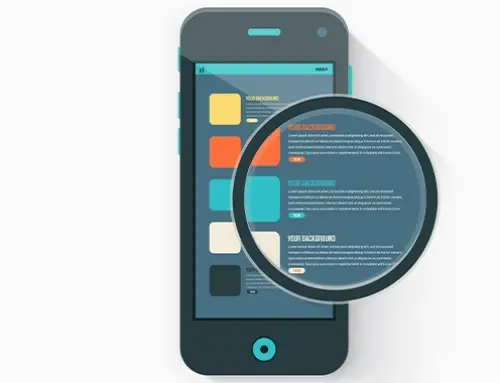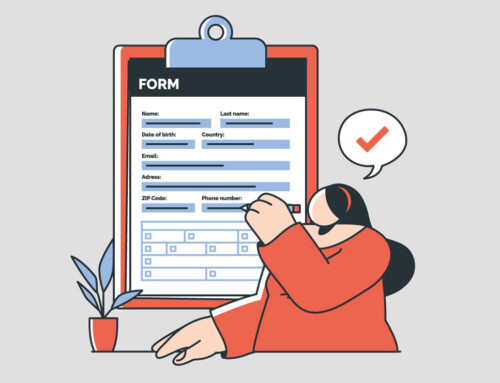Contents
How to Encourage Employees to Embrace Law Practice Management Software
Transitioning to law practice management software can transform a firm’s operations, making tasks more efficient and boosting overall productivity. However, for this shift to be successful, it is crucial that employees fully embrace the new system. Resistance to change is natural, especially when it involves adopting new technology. This guide will help law firms encourage their team to adopt practice management software, ensuring everyone is on board and benefiting from the new tools.
Communicate the Benefits Clearly
The first step in gaining employee buy-in is clear communication. Explain how the new software will improve their daily tasks by automating time-consuming administrative duties, reducing errors, and allowing them to focus more on billable work or client interactions. Key points to highlight include time-saving features like automated billing and case management tools, a reduction in manual errors through digitized processes, and improved work-life balance thanks to better task organization and prioritization.
Setting Clear Expectations and Demonstrating the Software’s Value
Setting clear expectations and demonstrating the software’s value is vital to fostering successful employee adoption. Begin by outlining how the software will be integrated into their daily routines, explaining how it enhances productivity and simplifies complex processes. Establish measurable goals and timelines for software adoption, such as specific milestones or usage metrics, to ensure everyone is aligned. Regularly track progress and provide constructive feedback to encourage steady engagement. Additionally, demonstrate the software’s value by showing real-world examples of time saved, errors reduced, or workflow improvements. By highlighting these practical benefits, employees can see the software as a tool that supports their work rather than a burden. Ultimately, transparency, consistent communication, and visible advantages will help solidify its role within the organization.

Understanding Employee Pain Points
When introducing new legal software, understanding and addressing employee pain points is not just important; it is required for a smooth transition. Employees may be concerned about the software’s learning curve, disruptions to their current workflow, or fears of job displacement. To effectively address these concerns, it is essential to offer comprehensive training sessions, foster open communication, and provide ongoing support. By involving employees in the decision-making process and highlighting the software’s long-term benefits—such as reducing repetitive tasks and improving efficiency—you can alleviate apprehension and encourage a positive attitude towards the new technology.
Provide Comprehensive Training
Transitioning to new software can be intimidating, especially if employees are unfamiliar with the technology. Providing comprehensive and ongoing training is essential to ensure everyone is comfortable using the new system. Successful training can be facilitated by offering step-by-step guides for each software function, hosting interactive sessions where employees can ask questions and receive hands-on experience, and assigning mentors or “super-users” to guide others.
Involve Employees in the Selection Process
Involve your staff in decision-making when choosing law practice management software. This gives employees a sense of ownership and reduces the likelihood of resistance. To involve employees, survey staff about their pain points with current systems and search for solutions that address their concerns. Hosting demo sessions for different software options and seeking employee feedback can also ensure the software aligns with their daily tasks, helping them view it as a helpful tool rather than a burden.
Personalize Law Practice Management Software for Individual Roles
Personalizing law practice management software for individual roles within a firm is not just about customization, but about enhancing its effectiveness and ensuring that each team member derives the maximum benefit from it. By tailoring the software to meet the specific needs of attorneys, paralegals, and administrative staff, you can create streamlined workflows and improved efficiency. For instance, attorneys may require tools for case management, legal research, and client communication, while paralegals might need access to document automation and filing systems. Administrative staff, on the other hand, benefit from tools that simplify scheduling, billing, and client intake. By customizing dashboards, features, and reports based on role-specific tasks, employees can focus on the functions that matter most to them, reducing unnecessary complexity. This personalized approach not only boosts productivity but also encourages greater software adoption as each team member sees how it directly supports their responsibilities. This emphasis on efficiency and productivity will make your team feel optimistic and motivated about the new system.
Address Resistance with Patience and Support
Resistance is natural when introducing new technology, so it is essential to manage it with patience and understanding. Employees may feel overwhelmed or fear that the software will replace their roles. Address these concerns early by emphasizing that the software is a tool to enhance their work, not replace them. Offer one-on-one support for those struggling with the transition and share success stories from other employees or law firms benefiting from similar technology adoption.
Provide Incentives for Early Adoption
Encourage early adoption of the new system by offering incentives such as recognition, small bonuses, or even extra time off for employees who actively engage with the software and use it to its full potential. Examples of incentives include recognition programs for successfully transitioned employees, monetary rewards for efficiently integrating the software into daily tasks, and gamifying the process by setting up challenges to motivate engagement.
Demonstrate Long-Term Career Benefits
Help employees understand that learning to use law practice management software is a valuable career skill that will enhance their job prospects. As technology evolves, proficiency in legal technology will become essential for lawyers, paralegals, and administrative staff. Emphasize professional development by highlighting how mastering the software will make them more competitive in the legal industry and showcase its alignment with industry trends and the increasing reliance on technology in legal practice.
Monitor Progress and Offer Feedback
After implementing the software, continue monitoring progress and providing feedback to employees. Use this to support those struggling while refining the adoption process. Tips for monitoring progress include checking usage reports to track employee engagement, scheduling regular check-ins to gather feedback, and offering ongoing education through refresher courses or tips for maximizing the software’s potential.
Encourage a Positive Work Culture Around Technology
Create a work environment that embraces technological change and innovation. When employees see technology as empowering their work rather than complicating it, they are more likely to adopt new systems like law practice management software. To build a tech-friendly culture, celebrate successes when employees use the software to improve performance, encourage collaboration by sharing tips and strategies, and maintain open communication for concerns or suggestions.
Create a Collaborative Environment for Problem-Solving
Encouraging collaboration among team members is another effective way to smooth the transition to new software. Foster a culture where employees can share tips, tricks, and solutions they have discovered while using the software. This collaborative environment helps spread best practices across the team but also helps reduce feelings of isolation or frustration for those struggling with the learning curve. Hosting regular check-in meetings, creating a shared knowledge base, or utilizing forums where employees can post questions and share advice are great ways to promote a sense of teamwork during the adoption phase.
Maintain Flexibility During Transition
Acknowledge that the adoption process might be challenging for everyone and build in flexibility to allow employees time to adjust. Be prepared to make adjustments based on feedback and user experiences. For example, if specific workflows are slower or more complicated than anticipated, work with your software provider to find solutions or adjust internal processes. Flexibility can also mean extending deadlines for full adoption or introducing the software in phases to avoid overwhelming the team. This approach demonstrates empathy and reinforces that the goal is to make their work easier, not harder.
Encouraging Employee Adoption of RunSensible for a More Productive Law Firm
To encourage employees to adopt law practice management software like RunSensible, it is essential to provide clear communication, support, and training. By showcasing how RunSensible simplifies tasks such as client intake, case management, and billing, employees can directly experience how it reduces administrative workloads, boosts productivity, and enhances work-life balance. Offering customized training and involving staff in decision-making fosters a sense of ownership and makes the transition smoother. Highlighting RunSensible long-term career benefits and offering incentives for early adoption can further motivate employees, resulting in a more organized and efficient law firm.
Final Thoughts
Transitioning to law practice management software can truly transform how your firm runs, making things more efficient and less stressful. But the key to a successful shift is getting your team on board. Change can be tough, especially when it involves new technology, but with clear communication, solid training, and a supportive, flexible approach, you can help everyone adjust smoothly. By focusing on how the software will make their jobs easier and giving them the time and support they need, your team will embrace the new system and start seeing the benefits—both for them and the firm as a whole.
Disclaimer: The content provided on this blog is for informational purposes only and does not constitute legal, financial, or professional advice.







